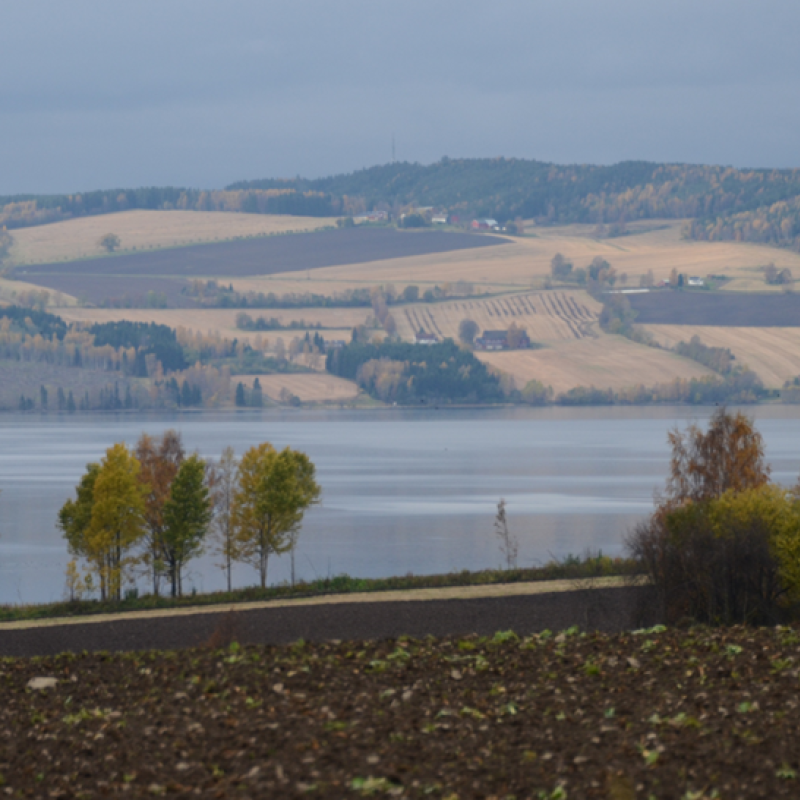Helge Berglann
Forsker
(+47) 976 72 986
helge.berglann@nibio.no
Sted
Ås - Bygg O43
Besøksadresse
Oluf Thesens vei 43, 1433 Ås (Varelevering: Elizabeth Stephansens vei 21)
Sammendrag
Det er ikke registrert sammendrag
Sammendrag
In this article we show benefits of quota flexibility in a single-stock fishery model where one of the firms is allowed to behave strategically in the trading of quotas while other firms in the fishery are price takers. The ex-vessel price for fish is assumed constant. Quota flexibility is implemented through a settlement at the end of each regulation period. In that settlement firms having unused quotas are compensated by a subsidy, while those who have quota shortfalls are obligated to pay a tax. For the same deviation the tax is higher than the reward. Former literature shows that market power under a traditional ITQ system can lead to inefficiencies. However, losses due to market power can be subdued when quotas are more flexible. A simple argument to account for this view is that the competitive fringe of firms in the flexible case have the option to make use of the tax/reward system. Thus, rather than being exploited by the price manipulating firm the competitive fringe might find it better to deviate from the 1:1 “quota — realized catches”- relationship that characterizes competitive equilibrium.
Forfattere
Helge BerglannSammendrag
Det er ikke registrert sammendrag

Divisjon for matproduksjon og samfunn
Agricultural mitigation measures and the value of water quality improvements
Agriculture is one of the main sources of water pollution in Norway, and an important contributor to GHG emissions.

Divisjon for matproduksjon og samfunn
Tiltak i landbruket og verdien av forbedret vannkvalitet
Landbruket er en av de viktigste kildene til vannforurensing i Norge, og samtidig en stor bidragsyter til klimautslipp.
